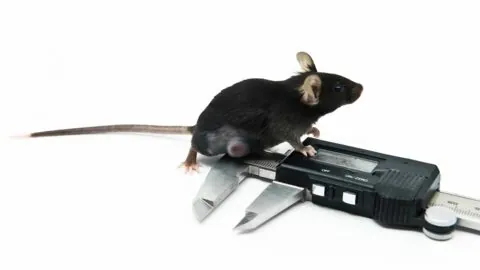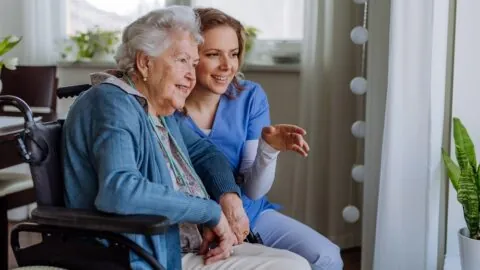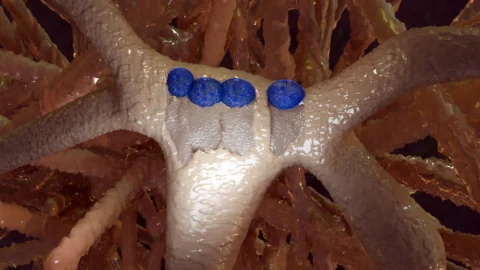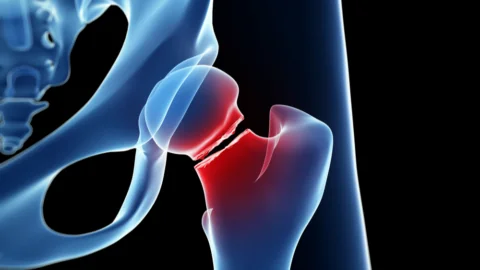June 12, 2024
A team of researchers has found that corylin, a compound previously investigated for its anti-senesence properties, is effective against osteoporosis in a mouse model. A return to a well-known compound Corylin is a compound that was first discovered in Psoralea corylifolia, a plant commonly used in Chinese traditional medicine. This is far from the first...
March 28, 2024
In Aging, researchers have published negative results on the long-term use of methylene blue and mitoquinone (MitoQ), two popular antioxidants, to sustain bone health in mice. Oxidative stress and bone health Previous work has found that oxidative stress, which is commonly associated with age-related disease and damage, is related to bone diseases. Substantial amounts of...
January 03, 2024
In a recent Perspective published in Nature Aging, researchers noted a lack of studies on female-specific physiological factors on aging trajectories. They proposed solutions, including model systems, to address the issue [1]. Most model organisms don't match human sex specificity The use of model organisms, such as worms, fruit flies, and mice, has helped researchers...
August 21, 2023
Researchers publishing in Aging have uncovered some of the molecular mechanisms behind why mesenchymal stem cells (MSCs) do and don't differentiate into bone-building osteoblasts, unlocking a potential new approach to osteoporosis. A matter of cellular fate MSCs are downstream of pluripotent stem cells: they can differentiate into multiple cell types, but not every somatic cell...
August 11, 2023
Studying a large British cohort, scientists have found that vegetarians have an increased risk of hip fracture compared to regular meat eaters, but pescatarians and occasional meat eaters do not [1]. Diet and brittle bones Hip fracture is one of the injuries most associated with aging. While hip fracture itself is treatable, it can easily...
May 18, 2023
Researchers publishing in Aging have investigated zoledronic acid, a drug already used to protect bones and fight osteoporosis, for its activity against cellular senescence. An approved drug with established effects Zoledronate has already been approved by the FDA for clinical use, as it has been prescribed to prevent bone fractures in vulnerable people for more...






